As Marcus Glover played pickleball at a city park last July, he heard the deafening pop of a suspected gunshot.
He even felt the hot pain from a bullet-like explosion above his right heel, which caused him to collapse onto the court.
“Get down,” he yelled to his friend on the other side of the net.
Glover, 46, a Kent County Sheriff Department computer forensics task force detective, prepared for the worst.
“I thought someone shot me,” Glover said. “Mentally, it didn’t make sense. We’re on a pickleball court. I’ve never heard such a loud sound, so close, and then the pain, the heat.”
Glover’s friend walked over from the other side of the court and asked, “What are you doing? Get up.”
“I couldn’t,” Glover said. “I had crumpled to the ground.”
Glover has always been a sports guy. And he’s always been healthy. He had never suffered a broken bone or serious injury.
But that July 9 at Belknap Park in Grand Rapids, Michigan, it wasn’t a bullet that felled him.
It was an Achilles tendon rupture.
Just like Kobe
“I was playing singles with a buddy and I played a fantastic shot in my mind that he could not return,” the Byron Center, Michigan, resident said. “He somehow returned it. I knew I couldn’t get to it. It bounced twice. I leaned over to get it and heard a pop. I yelled for him to get down. My leg was on fire, it was hot.”
After Glover calmed over the commotion of a possible shooter, his macho side arose.
“It was a hot day,” Glover said. “The man in me said, ‘I’m good,’ and I hobbled over to the shade and drank some water. I said, ‘I’ve got to go home.’ I’m not one to see a doctor. I’ve never had a stitch or broken bone.”
Glover drove himself, left-footed, home.
“I hobbled upstairs and jumped in the shower,” he said. “I was sweaty.”
His wife, Shelly, was out of town with their two children, so a neighbor took Glover to Spectrum Health Orthopedic Urgent Care.
“Right away the doctor knew it was ruptured,” Glover said. “She wrapped me up. It relieved the pressure when she did.”
Two days later, Glover visited Brian Buchanan, DPM, a Spectrum Health Medical Group foot and ankle surgeon.
“The first thing out of his mouth was, ‘If Kobe Bryant can play basketball in six weeks, we’ll have you walking in eight weeks,’” Glover said. “I remember the Kobe injury. That was so encouraging to hear. That was a real cool way to explain it.”
Dr. Buchanan discussed surgical and non-surgical options for Glover’s complete Achilles rupture.
“I’m a sports guy, but I don’t do surgery or blood,” Glover said. “I’m kind of a fainter when it comes to people I know and blood. In my job, I can see it all day long. If it’s my own blood, I’ll pass out in a second.”
Dr. Buchanan asked Glover if he played sports.
“He said they’re rubber bands and when it’s time to go, they go,” Glover said. “A year before, when I was playing soccer barefoot with my kids, I heard a little pop. I went in, but they said it was just inflamed, but I was always conscious of it.”
After weighing all the options, Glover and Dr. Buchanan decided to proceed with surgery.
“We both decided that surgical repair of this rupture would give him the best results and would preserve strength in the ankle and improved long-term function,” Dr. Buchanan said.
A new world
On July 17, Dr. Buchanan performed a new minimally invasive surgical technique on Glover to repair his Achilles tendon.
“This is done through a small, 1- to 2-inch transverse incision over the site of the rupture,” Dr. Buchanan said. “The tendon was then captured with a thick suture and then pulled toward the heel to retain good tension on tendon and muscle.”
Dr. Buchanan then placed two small bone anchors in the back of Glover’s heel, attaching the sutures into the heel.
“This allowed another point of fixation of the tendon along with the repair site,” he said. “So far, this seems to give a stronger repair and has led to quicker recoveries and improved function than the traditional large incisions done with Achilles ruptures.
“Most patients are able to begin weight-bearing in a protective boot four weeks following this surgery and can start physical therapy at six weeks postoperative,” Dr. Buchanan said.
Using crutches and a knee scooter for mobility, Glover returned to his computer forensics detective desk work five days after surgery.
“It’s a technology world now,” Glover said. “There’s not a case that goes on that isn’t attached to a computer, cell phone or social media.”
Just a month after surgery, Glover boarded a plane and attended a work conference in Dallas.
“He said I’d be able to go, I just wouldn’t be running,” Glover said. “Pretty much what he said was going to happen, happened.”
Glover still attends outpatient physical therapy sessions twice a week at Spectrum Health and he still walks with a limp. But every day seems better than the one before.
He estimates he’s about 85 percent recovered.
“The therapists have been fantastic,” Glover said. “They push at the right limit and ask the right questions. I can walk, just with a little bit of a limp. I’m not running sprints, but I’m way further along than I was before.
“My strength is good and my mobility is decent,” he said. “I just have to build that muscle up more. I’m moving, I just have to get it a little stronger.”
Dr. Buchanan said Glover’s active, sports-oriented lifestyle helped in his recovery.
“He was motivated to get better and followed through with physical therapy, which has certainly helped him regain strength and function and return to his normal activities,” Dr. Buchanan said. “I believe that his prognosis is excellent and he should have full active motion in his right ankle. He should be able to perform any activity he would like.”

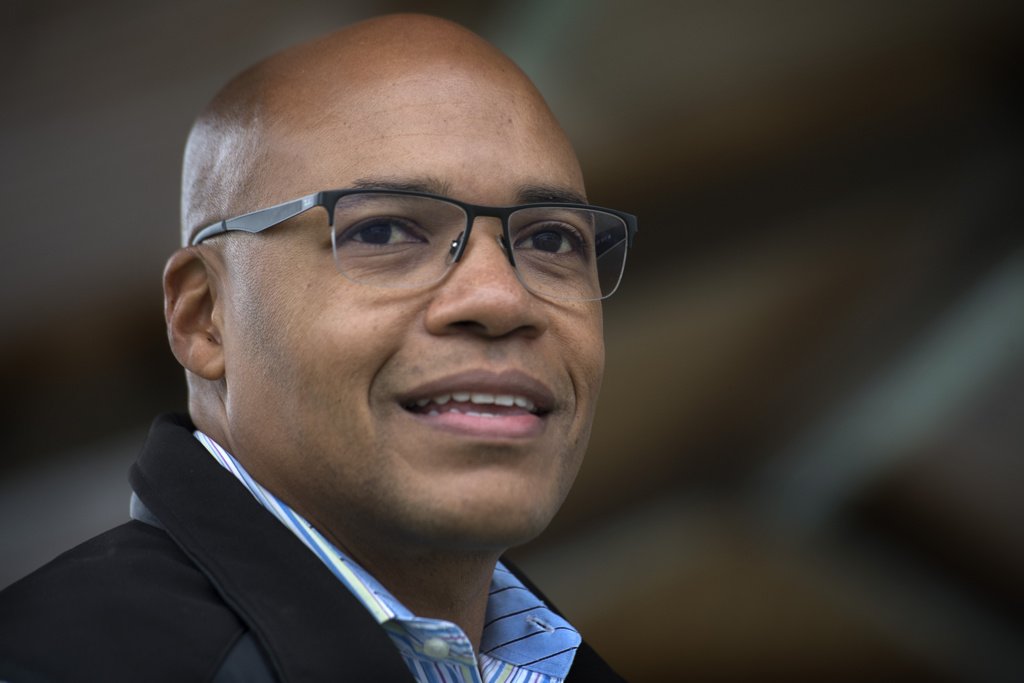
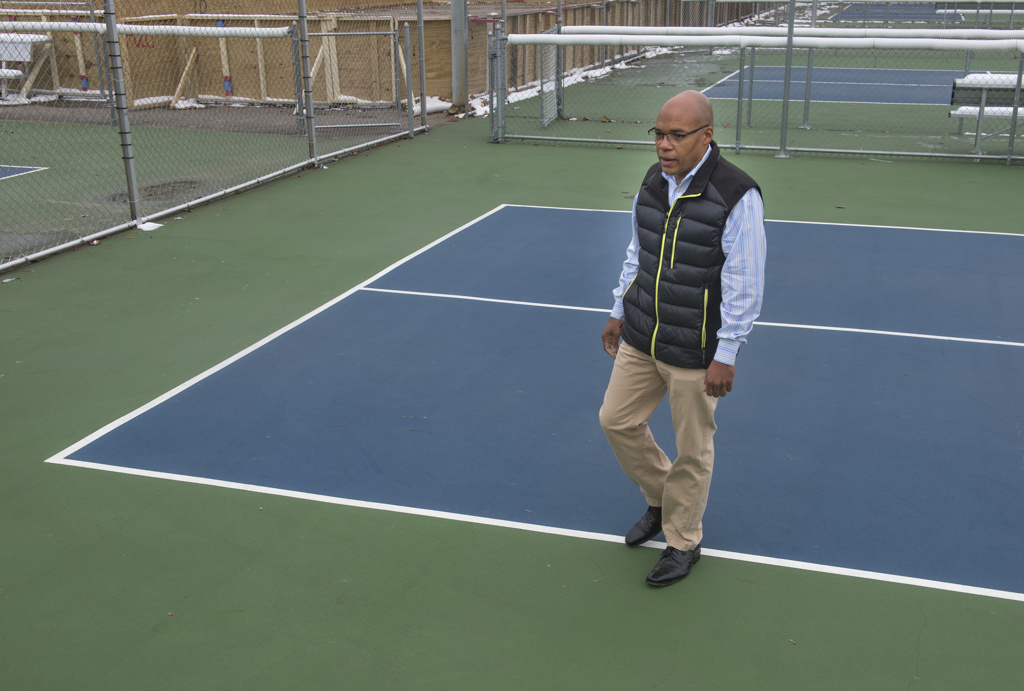
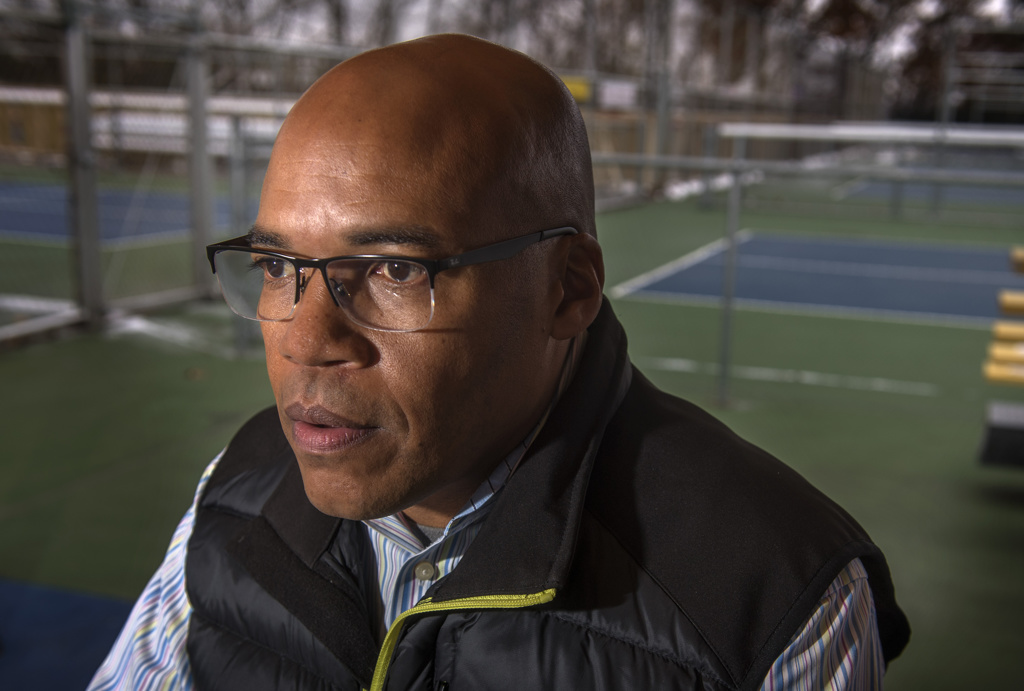


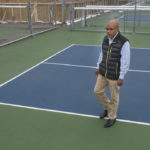
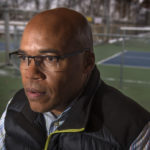
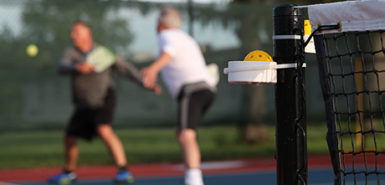 /a>
/a>
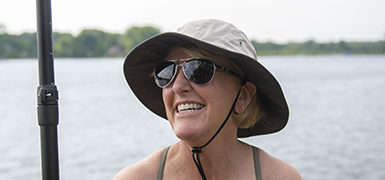 /a>
/a>
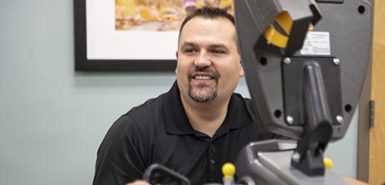 /a>
/a>